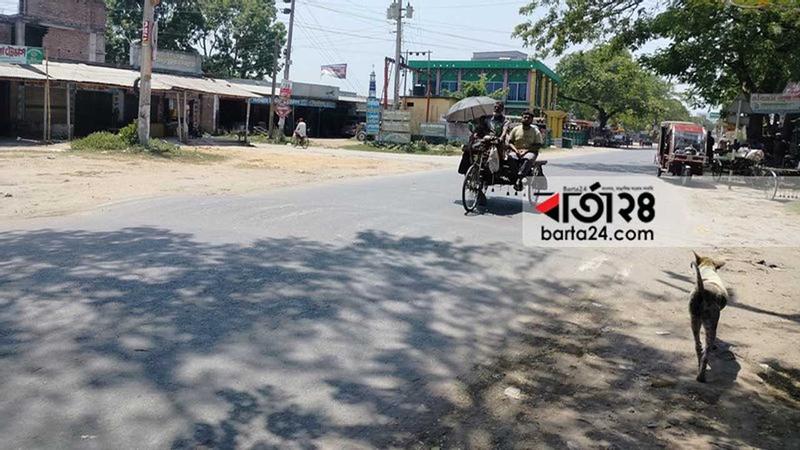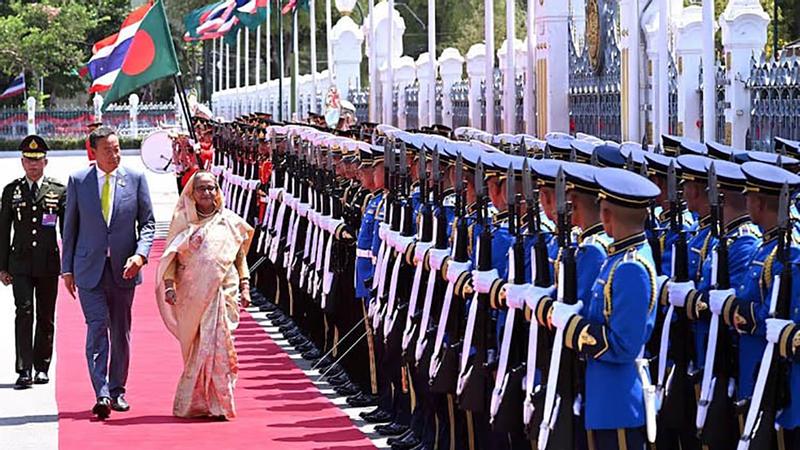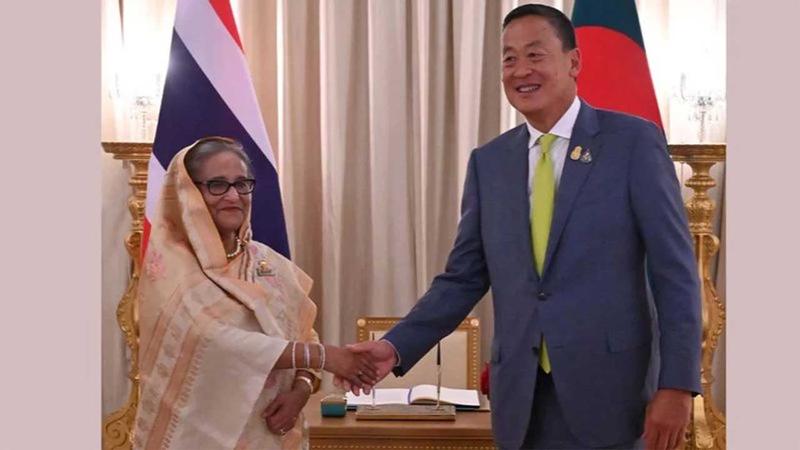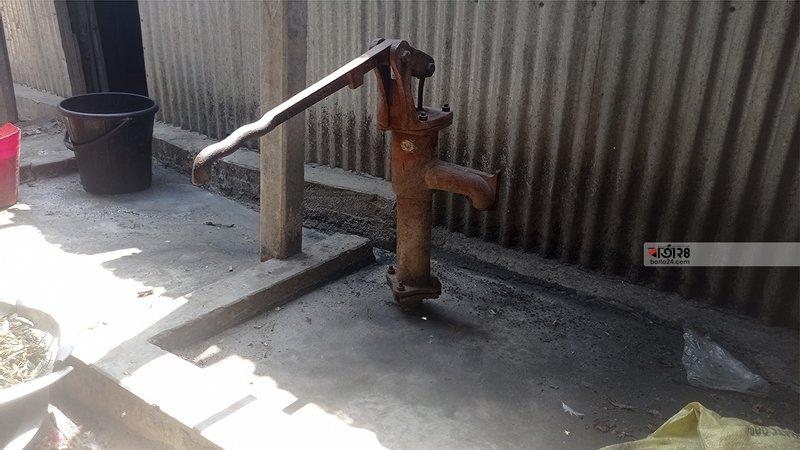21 rivers in existence crisis in Dinajpur
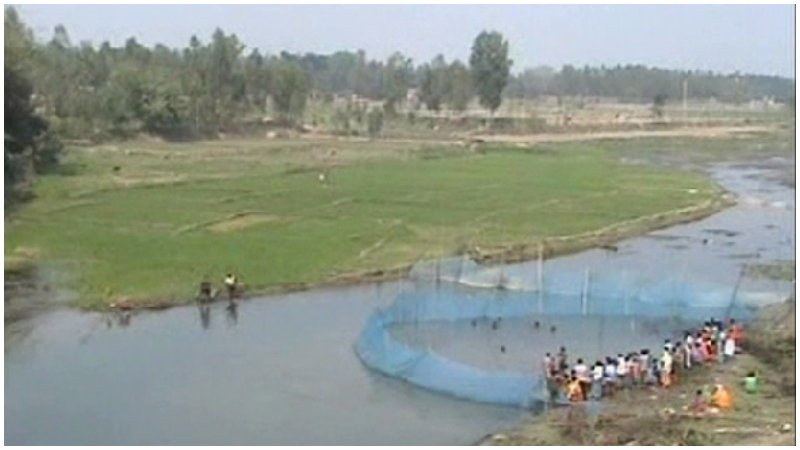
P.C: Barta24.com
Dinajpur: 21 rivers are missing from the map of Dinajpur. The overflowing rivers have ceased to exist and are now almost dead. Biodiversity is lost from the river. Different crops are being planted in the river. There are various establishments including houses, shops, markets, clubs and associations. The government spends crores of money every year in the name of building and repairing embankments to control floods. As the people of Dinajpur are being harmed, the environment is losing its balance.
Due to various natural and man-made causes, the existence of fast flowing rivers is disappearing. River dependent people are changing their profession. Awareness raising workshops on river pollution, occupation and protection of rivers from other pollutants are being conducted. But in reality it remains on paper. However, updated information of all the rivers in the district have been sent to the concerned ministry and arrangements are being made to re-excavate the rivers for the environment, the concerned department said.
The rivers of Dinajpur are now sand dunes and crop fields. Starting from Robi grains, various vegetables including Irri, Boro, Jute, Wheat, Maize, brinjal, Chilli are being planted on the dried up river bed now. Suddenly no one can understand it is a river. It is said that fishermen used to make a living by fishing in these rivers as there were flow in these rivers throughout the year. Sailing boats and ships sailed through many rivers. In the whirl of time, the rivers have gradually filled up and are now dead. As a result, many fishermen in this district have become unemployed and have changed their profession.
There are 21 rivers flowing on the map of Dinajpur including Punarbhaba, Atrai, Dhaleswari, Garveshwari, Ichhamati, Chhota Jamuna, Tulai, Kankra, Dhepa. Now these are dried up, it is the crop field in the river. The rivers are losing their heritage due to lack of excavation and renovation. Locals allege that some influential people or some leaders of political parties are occupying the flooded river and cultivating it like ancestral property through border isles like cultivable land. Someone has built houses, shops, markets, clubs and other establishments. There is also unplanned extraction of sand from rivers along with waste pollution. The banks of the rivers are breaking. As a result, the course of the river is also changing. The environment is losing balance.
The rivers are disappearing due to the withdrawal of water from upstream India, climate change, declining navigability, unplanned sand extracting, occupation and pollution. The river basin was once a prosperous town due to lack of water. The environment-nature and agro-economy of the region and the groundwater crisis are intensifying. Such is the complaint of the people living near the river.
Farmer Matiur Rahman said, not with river water, now with shallow machine irrigation water is being planted in the river. Starting from Robi grains, various vegetables including Irri, Boro, Jute, Wheat, Maize, brinjal, Chilli are being planted in the river now.
Abul Kalam Azad, a prominent environmentalist in Dinajpur, said the government spends crores of money every year in the name of building and rehabilitating embankments to control floods in Dinajpur. As the people of Dinajpur are being harmed, the environment is losing its balance. Although this cost is shown on paper in the name of dam repair, the real picture is the opposite. There are allegations that this government agency is working in the name of repairing the embankments every year. But nothing is being done, the construction of embankments with sand and irregularities will not match the fate of these embankments if the river water pressure increases in the rainy season. Such is the complaint of the locals.
Not only that, as the ground water level in the district has gone down, water has to be collected by installing pumps 15 to 20 feet below the ground to irrigate the land during the dry season.
There has been awareness creating workshops on river pollution, river grabbing and protection of rivers from other pollutants. Sadar Upazila Nirbahi Officer Mortuza Al Mueed said that the rivers have been identified and grabbing free.
Ikramul Haque, project director and joint secretary of the National Rivers Commission, said the rivers need to be recovered in order to preserve biodiversity.
Although there is no interest or enthusiasm for the survival of the lost rivers, many accidents are constantly taking place due to river grabbing. Although the rivers get flow during the monsoon season, it is a vast crop field during the dry season.
These rivers have disappeared from the map of Dinajpur due to illegal dumping, waste pollution and unplanned sand extraction. As the environment is losing its balance, so is biodiversity. Environmentalists and river experts are urging the government to protect these rivers as well as creating public awareness.


